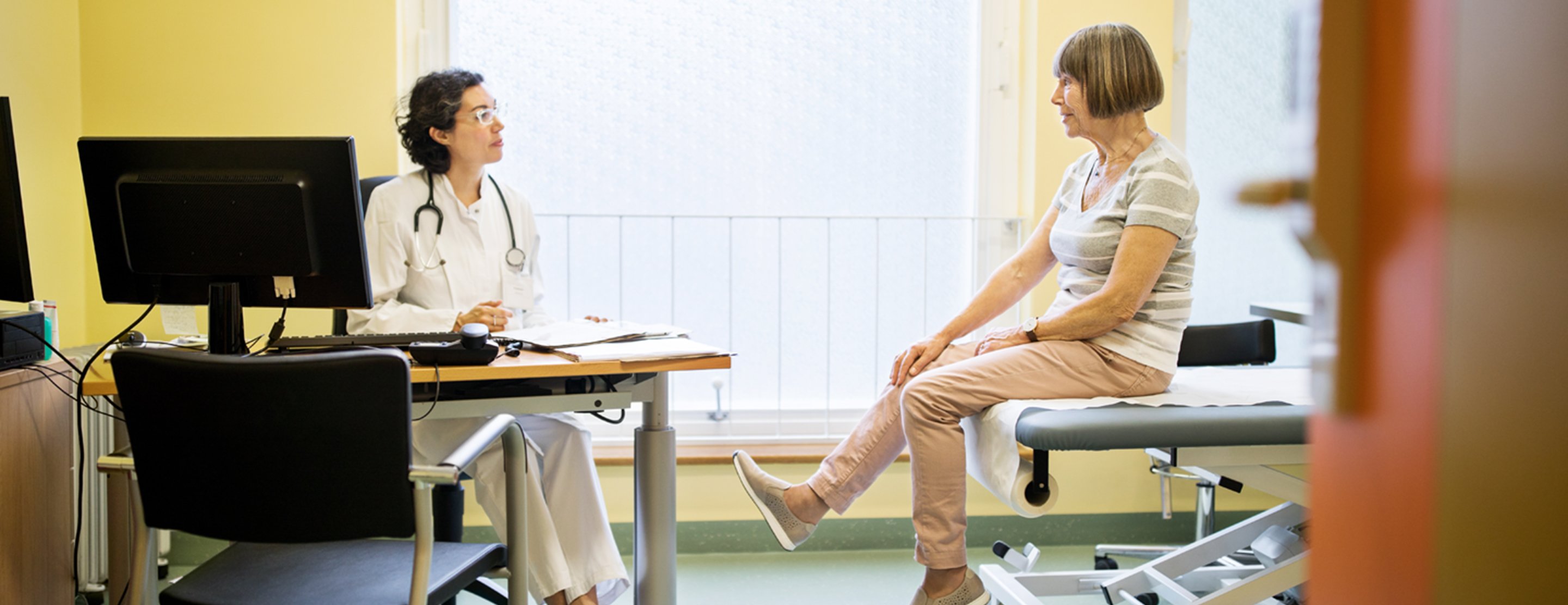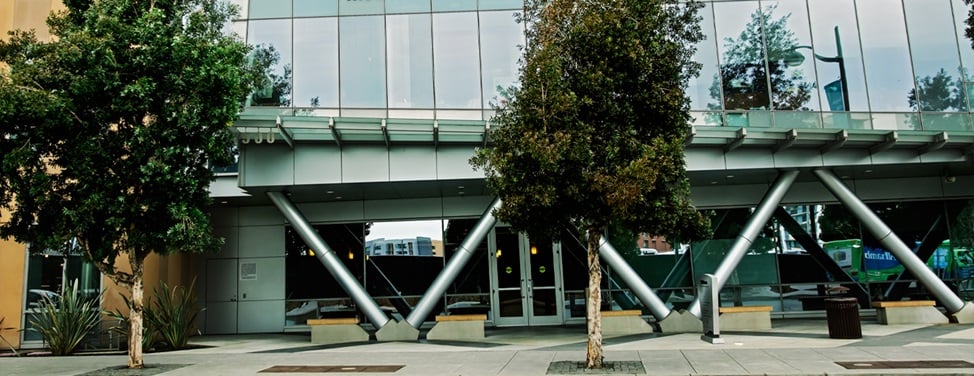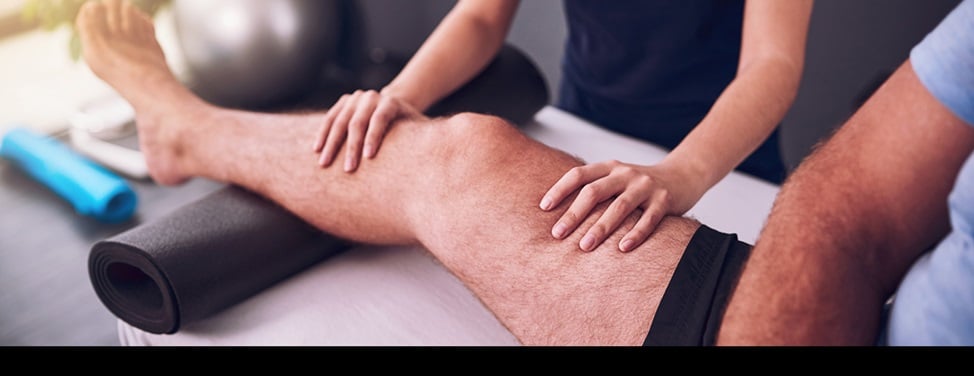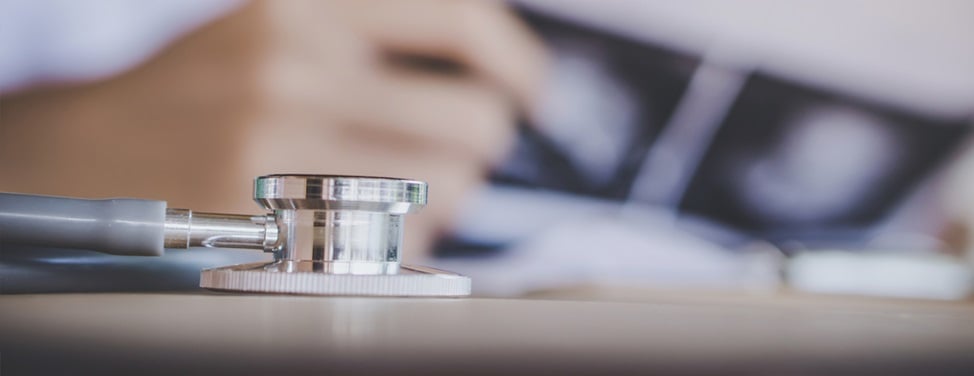
Preparing for Surgical Kneecap Alignment
Surgical kneecap realignment (also called tibial tubercle osteotomy and elevation) is performed when your kneecap has moved out of position and all other efforts to put it back into the natural kneecap track have failed. This open surgery has the longest recovery time of all patellofemoral pain syndrome treatments.
The decisions you make and the actions you take before your surgery can be every bit as important as the procedure itself in ensuring a healthy recovery.
Get needed equipment ahead of time -- There are a number of things that you may need when you get home from the hospital, and you should make sure to pick up this equipment before you go in for surgery. This may include a knee brace, crutches, ice packs or coolers, and even a continuous passive motion (CPM) machine. If possible, practice walking with your crutches. You should receive prescriptions for the equipment you will need from your doctor when your surgery is scheduled.
Be comfortable with the procedure -- Before you go in for surgery, make sure you understand both the potential risks and benefits of the surgery. Ask your surgeon any questions that you have about the procedure. In addition, talking with someone who has previous undergone the surgery can be helpful.
Talk to your surgeon -- Tell your surgeon about any physical problems, such as a fever or infection, that you have, and make sure that he or she is aware of any medications you are taking.
Follow your doctor's instructions -- You may be instructed not to eat or drink anything after midnight on the night before your surgery. This will reduce the risk of vomiting while you are under general anesthesia.
Refrain from smoking -- To reduce the risk of infection, try to refrain from smoking for at least a week prior to surgery.
Arrange for someone to drive you home -- You likely will be able to go home within a few hours of surgery. Since the anesthetic and pain medications may make you drowsy, you will need someone to drive you home.
Dress for after surgery -- Wear loose pants or other clothing that will fit comfortably over your knee bandage when you leave the hospital.
Take it easy -- Keeping a good frame of mind can help ease any anxiety you have about undergoing surgery. Distractions such as reading, watching television, chatting with visitors or talking on the telephone can also help.
In the Recovery Room
After surgery, you usually stay in the recovery room for at least two hours while the anesthetic wears off. You should try to move your feet while you are in the recovery room to improve circulation.
You will be given adequate pain medicine, either orally or through an IV (intravenous) line, as well as instructions for what to do over the next couple of days. In addition, you will be scheduled for a follow-up appointment and given a prescription for pain medicine.
Your knee will be bandaged and may have ice on it. You may have significant pain early on and you should take the pain medicine as directed. Remember that it is easier to keep pain suppressed than it is to treat pain once it becomes present. When you feel the pain coming on, take another pill as long as it is within the time limit specified on the bottle.
Surgical kneecap realignment is usually an outpatient procedure. However, if your surgeon had to do something more extensive, you may have to stay overnight.
Your temperature, blood pressure, and heartbeat will be monitored by a nurse who, with the assistance of the doctor, will determine when you are ready to leave the hospital. If necessary, they may decide that you should be admitted for an overnight stay.
As soon as you are fully awake, you most likely will be allowed to go home. You will be unable to drive a car, so be sure to arrange a ride home before surgery.
It is likely that you will be able to bear some weight on your leg, but your surgeon may suggest that you use crutches for up to one month.
UCSF Health medical specialists have reviewed this information. It is for educational purposes only and is not intended to replace the advice of your doctor or other health care provider. We encourage you to discuss any questions or concerns you may have with your provider.











